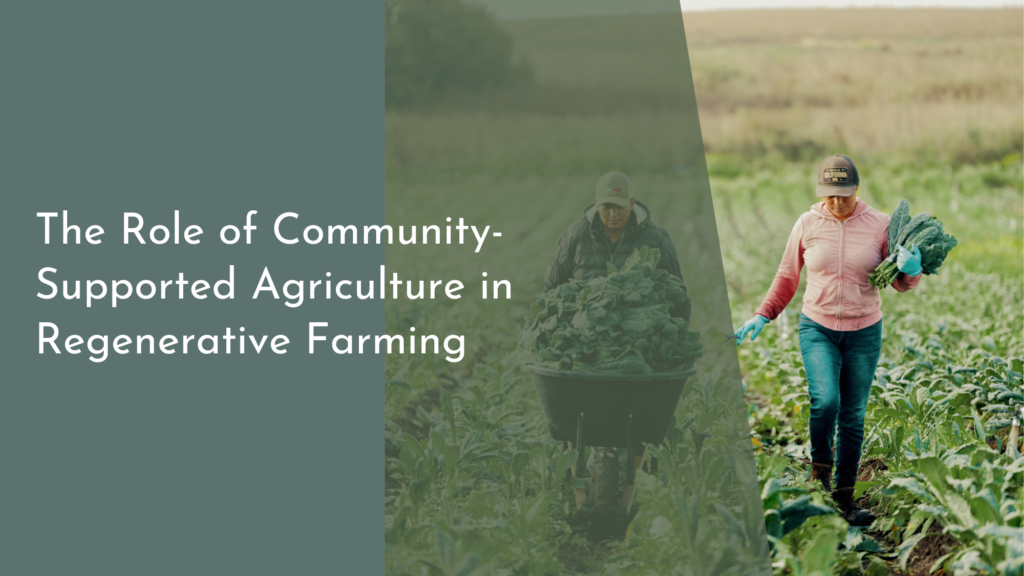The Role of Citizen Journalism in Highlighting Wildlife Issues
In an age where information can spread like wildfire, citizen journalism has emerged as a powerful tool for advocating wildlife conservation. Individuals from all walks of life are stepping up to document the issues facing our planet’s fauna, empowering their communities to take action. This article explores the crucial role that citizen journalists play in highlighting wildlife issues, from capturing breathtaking photographs to telling compelling stories that resonate with audiences.
Empowering Voices: Citizen Journalists in Wildlife Advocacy
Citizen journalism provides a platform for everyday people to share their observations and experiences with wildlife, often filling gaps left by traditional media. This grassroots movement allows individuals to report on local environmental issues, such as habitat destruction, poaching, and climate change. By using social media and other digital platforms, citizen journalists can amplify their voices, reaching larger audiences and fostering a sense of urgency around wildlife advocacy. Their contributions often lead to grassroots movements that push for policy changes and greater awareness within communities.
Moreover, citizen journalists often bring unique perspectives and firsthand experiences to the table. Unlike professional journalists who may cover wildlife issues from a distance, these passionate individuals live in close proximity to the wildlife they report on. This proximity enables them to provide nuanced insights and emotional connections to their stories, engaging their audiences in a way that traditional reporting sometimes fails to achieve. The result is a powerful narrative that can inspire action and change at the local, national, and even global levels.
Capturing Moments: The Power of Photography in Nature
Photography serves as a compelling medium for citizen journalists to showcase the beauty and fragility of wildlife. Stunning images can evoke strong emotions and provoke thought, prompting viewers to rethink their relationship with nature. Citizen photographers often document wildlife behavior, habitat loss, and the effects of pollution, effectively illustrating the urgency of conservation efforts. A single striking photograph can convey a story that words may struggle to express, making it an invaluable tool for advocacy.
Additionally, citizen journalists use platforms like Instagram, Facebook, and other social media channels to share their work widely and engage with audiences. Photographs that capture both the magnificence and the plight of wildlife can inspire followers to take action, whether through supporting conservation organizations or participating in community clean-up efforts. This visual storytelling fosters a sense of connection between people and the natural world, strengthening the call for conservation.
Building Awareness: How Stories Drive Conservation Efforts
The storytelling aspect of citizen journalism cannot be overlooked when discussing its impact on wildlife conservation. By narrating the challenges faced by various species, citizen journalists humanize the plight of wildlife, making it relatable to their audiences. Through personal anecdotes, interviews, and shared experiences, these storytellers create a connection that transcends geographical barriers, encouraging people to engage with issues they may not have considered important before.
Furthermore, engaging narratives often lead to increased awareness and understanding of complex environmental issues. As citizen journalists share their stories, they educate their communities about the critical importance of biodiversity and the consequences of inaction. This awareness can spark movements and partnerships, driving collective efforts to champion wildlife conservation. By highlighting the interconnectedness of humans and wildlife, citizen journalists play a pivotal role in fostering a culture of stewardship for our planet.
Fostering Community: Connecting People Through Wildlife Issues
Citizen journalism fosters a sense of community among individuals who share a passion for wildlife conservation. Through online forums, social media groups, and local events, these journalists create spaces where like-minded individuals can gather to discuss challenges, share solutions, and collaborate on projects. This sense of belonging not only enriches the personal experiences of contributors but also amplifies the collective voice advocating for wildlife issues.
Moreover, as communities rally around wildlife advocacy, they often engage in hands-on conservation efforts, such as habitat restoration and species monitoring. Citizen journalists frequently organize workshops, nature walks, and educational events that draw people together and instill a sense of responsibility towards the environment. By fostering these connections, citizen journalists cultivate a proactive and informed community dedicated to protecting our planet’s precious wildlife.
In conclusion, citizen journalism plays an indispensable role in highlighting wildlife issues and driving conservation efforts. By empowering individuals to share their voices and stories, capturing the beauty of nature through photography, educating communities, and fostering connections, citizen journalists are making a significant impact on the global conversation surrounding wildlife advocacy. As they continue to shine a light on these critical issues, we are reminded of the power of collective action and the importance of protecting our natural world for future generations.

